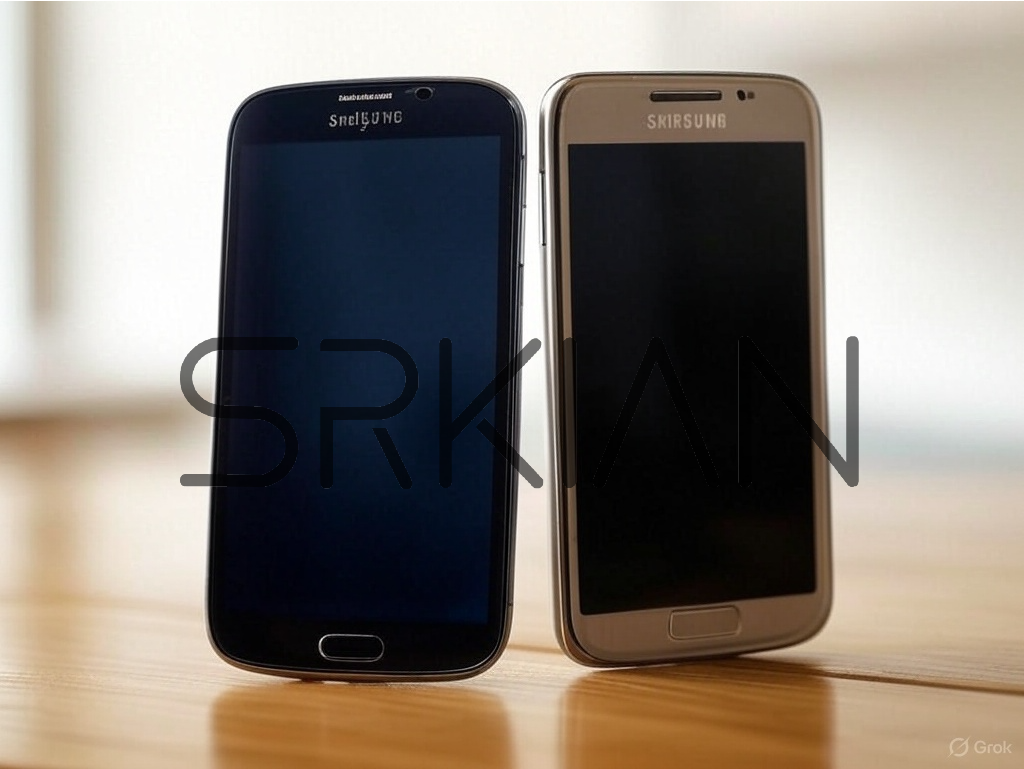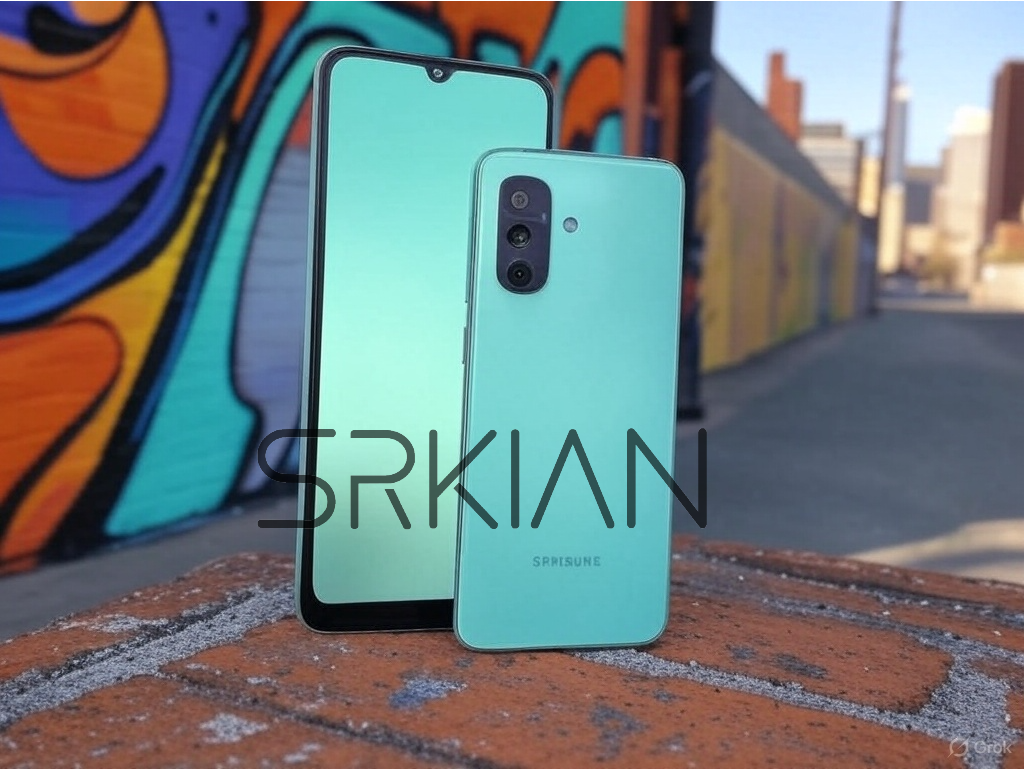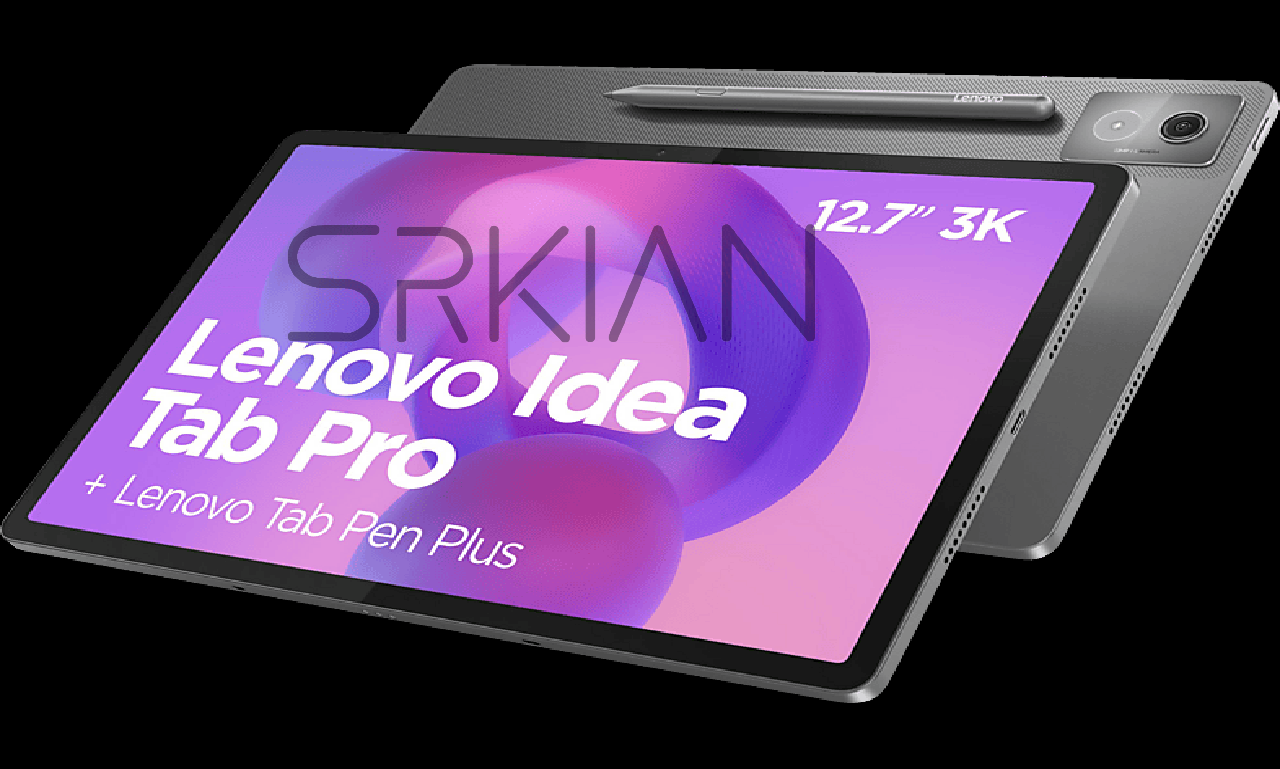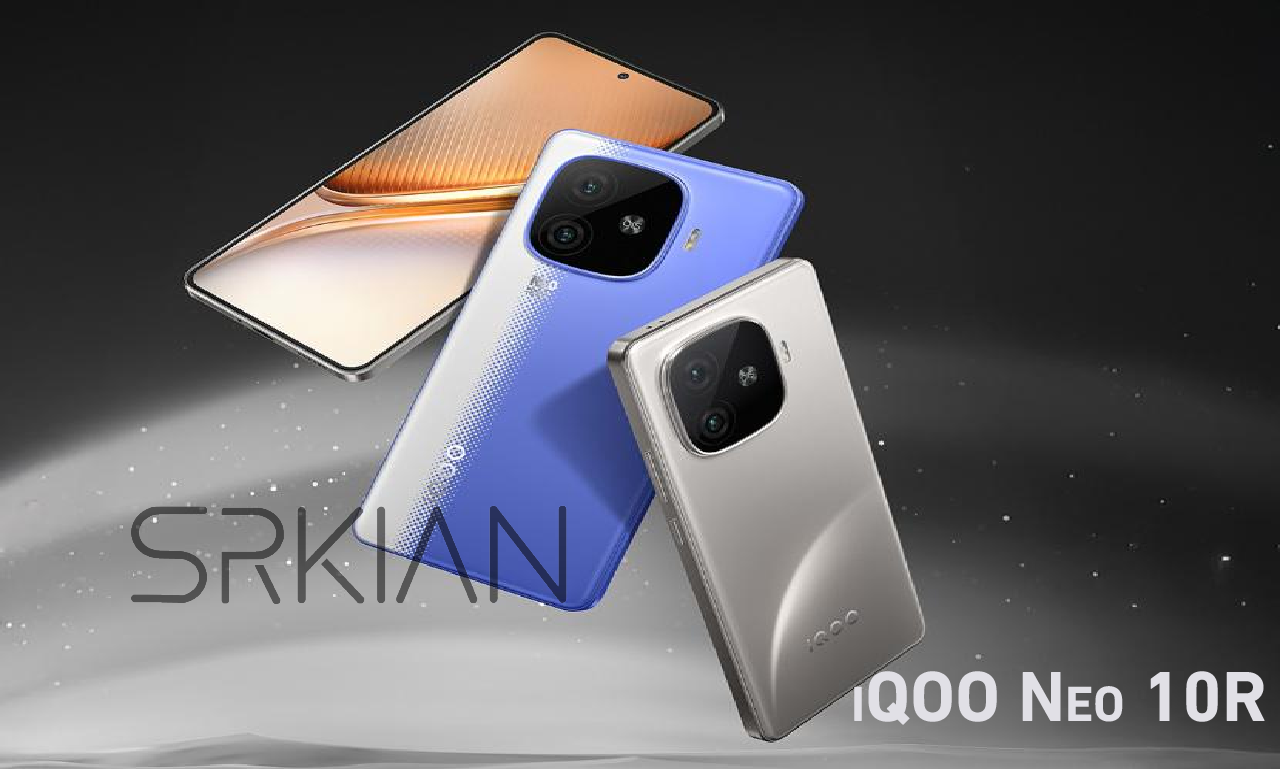The Samsung Galaxy S (2009 – original model) holds a special place in smartphone history as the device that launched Samsung into the global spotlight. Released in June 2010 (though often referred to in retrospect as a 2009 concept due to its development timeline), the Galaxy S was Samsung’s bold answer to Apple’s iPhone dominance. As the pioneer of the now-iconic Galaxy S series, this phone introduced millions to Android’s potential and set the stage for Samsung’s rise as a tech giant. In this detailed, SEO-optimized usage experience review, we’ll revisit the Samsung Galaxy S (2009 – original model), exploring its design, performance, features, and legacy—15 years later, as of March 26, 2025.
A Trip Down Memory Lane: Unboxing the Samsung Galaxy S
Back in 2010, unboxing the Samsung Galaxy S (2009 – original model) felt revolutionary. The sleek black box revealed a compact device with a 4-inch screen—a marvel at the time. Inside, you’d find the phone, a 1,500mAh removable battery, a wall charger, a micro-USB cable, and a pair of basic earphones. There was no wireless charging or USB-C here—just the essentials of early smartphone life.
Holding the Galaxy S today evokes nostalgia. Its plastic build, glossy back, and physical home button scream early 2010s design. At 122.4 x 64.2 x 9.9mm and 119 grams, it’s tiny by modern standards, yet it felt premium in an era dominated by bulkier devices like the Nokia N97 or BlackBerry Bold.
Design and Build: A Product of Its Time
The Samsung Galaxy S (2009 – original model) embraced a minimalist aesthetic with a plastic chassis and a slightly curved back for better grip. Available in Black Mist and White Ceramic, its glossy finish was prone to fingerprints—a common complaint—but it looked sleek for 2010. The 4-inch Super AMOLED display, a first for Samsung, was the real star, offering vibrant colors and deep blacks that outshone the LCD screens of competitors like the HTC Desire.
The physical home button, flanked by capacitive Menu and Back keys, defined the front. Around the edges, you’d find a volume rocker, power button, 3.5mm headphone jack, and micro-USB port—no IP68 water resistance or USB-C here. The removable back panel allowed access to the battery, SIM card, and microSD slot, a feature modern users might envy.
While durable for casual use, the plastic build scratched easily, and the lack of Gorilla Glass meant the screen was vulnerable. Still, the Samsung Galaxy S felt like a futuristic leap forward in 2010.
Display: Super AMOLED Shines Bright
The Samsung Galaxy S (2009 – original model) boasted a 4-inch Super AMOLED display with a 480 x 800 resolution (233 PPI). For 2010, this was groundbreaking. Compared to the iPhone 4’s 3.5-inch Retina display (326 PPI), the Galaxy S offered a larger canvas with punchy colors and better contrast, even if its pixel density lagged slightly.
Watching videos or browsing early mobile websites on this screen was a treat. The Super AMOLED tech delivered vivid visuals that made static LCDs feel outdated. However, the lack of auto-brightness and a modest 300-nit peak brightness meant outdoor visibility was a struggle—a limitation of early AMOLED panels.
Performance: Hummingbird Takes Flight
Powering the Samsung Galaxy S (2009 – original model) was Samsung’s single-core 1GHz Hummingbird processor (S5PC110), paired with 512MB of RAM and a PowerVR SGX540 GPU. Storage options included 8GB or 16GB, expandable via microSD up to 32GB—a generous offering at the time.
Running Android 2.1 Éclair (later upgradable to 2.3 Gingerbread), the Galaxy S handled basic tasks like calling, texting, and light multitasking smoothly. Apps like Angry Birds or early Google Maps ran decently, but the 512MB RAM showed its limits with heavier use. Lag crept in when switching apps, and the lack of official updates beyond Android 2.3 left it outdated by 2013.
For context, the iPhone 4’s A4 chip and 512MB RAM offered snappier performance, but the Galaxy S held its own in the Android ecosystem, outpacing rivals like the Motorola Droid X.
Camera: A Snapshot of 2010
The Samsung Galaxy S (2009 – original model) featured a 5MP rear camera with autofocus and 720p video recording at 30fps—a big deal in 2010. There was no LED flash, though, and the front-facing VGA (0.3MP) camera was a basic addition for video calls over 3G.
Daylight photos were decent, with good color reproduction for the era, but low-light shots were noisy and blurry. Compared to the iPhone 4’s 5MP camera with flash, the Galaxy S lagged in versatility. Still, for casual snaps and early Instagram posts (launched in 2010), it got the job done.
Video recording at 720p was a highlight, offering smooth footage for sharing on YouTube or via MMS. The lack of stabilization, however, meant shaky hands produced shaky results.
Battery Life: A Day’s Worth of Power
The Samsung Galaxy S (2009 – original model) came with a 1,500mAh removable battery, typical for 2010. On a full charge, it lasted about 10-12 hours with moderate use—calls, texts, and some web browsing over 3G or Wi-Fi. Heavy users, like those streaming music or playing games, would need a midday top-up.
Charging via micro-USB took around 2 hours with the included 5W charger. The removable battery was a godsend, letting users swap in a spare (sold separately) rather than tethering to a wall. By today’s standards, it’s underwhelming, but in 2010, it matched the iPhone 4’s endurance.
Software: TouchWiz and Android’s Early Days
Out of the box, the Samsung Galaxy S (2009 – original model) ran Android 2.1 Éclair with Samsung’s TouchWiz 3.0 UI. TouchWiz added widgets, a customizable app drawer, and a colorful interface that differentiated it from stock Android. Features like Swype keyboard and a basic media player were ahead of their time.
However, TouchWiz wasn’t perfect—laggy animations and bloatware (like Samsung Apps) frustrated some users. The official update to Android 2.3 Gingerbread in 2011 improved stability, but the lack of further OS upgrades left it stuck in the past. Enthusiasts turned to custom ROMs like CyanogenMod to keep it alive, a testament to its modding community.
Connectivity and Features
The Samsung Galaxy S (2009 – original model) supported 3G HSPA (up to 7.2Mbps), Wi-Fi 802.11 b/g/n, Bluetooth 3.0, and GPS. No 4G LTE or NFC here—those arrived with later models. FM radio was a bonus for some regions, letting users tune in without data.
The microSD slot and 3.5mm headphone jack were standard but appreciated, offering flexibility modern flagships often lack. For 2010, this was a well-connected device, though it pales next to today’s 5G and Wi-Fi 6 standards.
Pricing and Availability in 2010
The Samsung Galaxy S (2009 – original model) launched at $199 with a two-year contract in the U.S. (around $500 unlocked), or £400-£500 in the UK. In India, it retailed for Rs. 31,000—a premium price for a premium device. Sold through carriers like AT&T (as the Captivate) and T-Mobile (Vibrant), it reached millions worldwide.
Legacy of the Samsung Galaxy S
The Samsung Galaxy S (2009 – original model) wasn’t just a phone—it was a statement. It sold over 25 million units, proving Android could rival iOS. Its Super AMOLED display, expandable storage, and open ecosystem laid the groundwork for successors like the Galaxy S II and today’s Galaxy S25 series.
In 2025, it’s a relic, but its influence endures. Collectors might snag one on eBay for $50-$100, while tech historians celebrate it as a turning point in mobile innovation.
Pros and Cons
Pros
- Pioneering Super AMOLED display
- Expandable storage and removable battery
- Solid build for 2010
- Affordable on contract
Cons
- Limited software updates
- No LED flash or Gorilla Glass
- Plastic build prone to scratches
- Modest performance by today’s standards
Should You Use the Samsung Galaxy S in 2025?
For nostalgia or a retro tech project, the Samsung Galaxy S (2009 – original model) is a fun pick. It can still handle basic calls and texts with a custom ROM, but don’t expect modern apps like WhatsApp or Chrome to run smoothly. For daily use, modern budget options like the Galaxy A26 outclass it in every way.
Conclusion
The Samsung Galaxy S (2009 – original model) remains a landmark device that shaped the smartphone landscape. Its vibrant display, decent performance, and innovative features for 2010 make it a fondly remembered classic. While it’s no match for today’s tech, its legacy as the original Galaxy S endures.
Want to explore more Samsung history? Check out our review of the Galaxy S II (internal-link-placeholder) or the latest Galaxy S25 !



![19232 [Converted]](https://srkian.com/wp-content/uploads/2025/03/19232-Converted-33.png)










